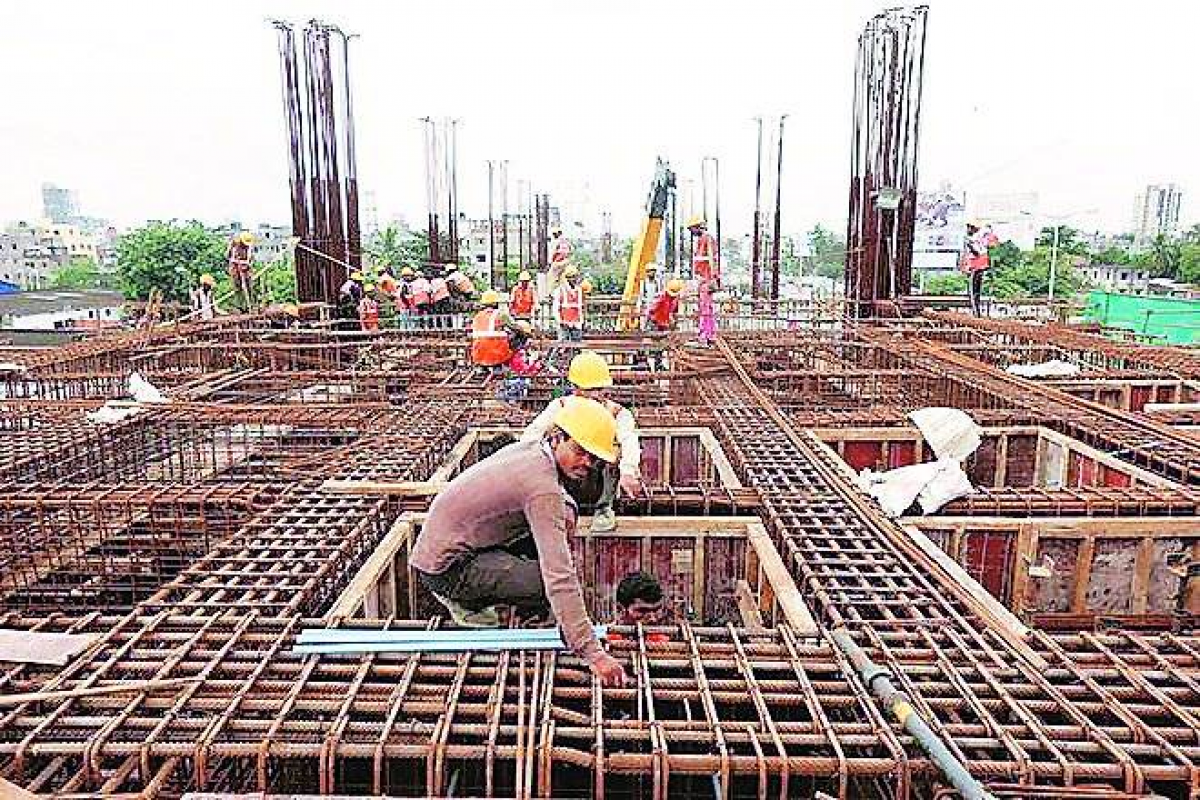Higher capex, support to states positive for infra sector, construction contractors
The proposal in the Union Budget 2022-23 to provide assistance as loan to states for capital expenditure and increasing the allocation to Rs 1.0 trillion in FY2023BE from Rs 150 billion in FY2022 RE is a welcome development. This is expected to provide more head room to state governments for increasing the capex. Overall, higher capex by centre, and support towards states could help in improving the pace of Infrastructure investment as per the National Infrastructure Pipeline requirements and in turn support the order inflow for construction contractors.
In terms of important segments of infrastructure investments, the Budget has factored in a significant increase in capital expenditure in FY2023 to Rs 7.5 trillion, which is 24.4 percent higher than Rs. 6.0 trillion in FY2022 RE. Over 60 percent of the capex is towards three key sectors - defence, railways, and roads. The overall capex including grants and aids for creation of capital assets is budgeted to increase by 27 percent - from Rs 8.4 trillion in FY2022 RE to Rs 10.7 trillion in FY2023 BE, which is estimated at 4.1 percent of GDP.
Capital expenditure in key infrastructure segments like Railways has been budgeted to increase to Rs 2.45 trillion in 2022-23 BE [increased by 14 percent over 2021-22 BE], Roads and Highways to Rs 2.08 trillion [marginally higher by 4.8 percent over 2021-22 BE], while that of metro and MRTS projects has been kept more or less stagnant at Rs 191 billion. The Union Budget has also provided Rs 50 billion towards the National Investment and Infrastructure Fund, which would enable it to acquire infrastructure assets. However, there was no specific allocation to the recently set-up DFI – National Bank for Financing Infrastructure and Development. In FY2022 RE, government had allocated Rs 200 billion as equity, and Rs 50 billion as grant to NaBFID.
The allocation for railways has been increased by 14 percent with higher focus laid on new line construction and safety. About 2,000 km of rail network will be brought under Kavach, the indigenous world-class technology for safety and capacity augmentation in FY2023. Further, capital outlay budgeted towards the Mumbai Ahmedabad High Speed Rail project being developed under SPV National High Speed Rail Corporation Limited is budgeted at Rs 241 billion of which Rs 191 billion is planned to be infused as equity.
In the road sector, while capital outlay by government has been increased in 2022-23, no incremental debt by NHAI is factored. Hence, including the IEBR [market borrowings] and asset monetisation proceeds for the NHAI, the total capital outlay has increased marginally by 4.8 percent to Rs 2.08 trillion in FY2023 BE as against Rs 1.98 trillion in FY2022 BE but is 1.7 percent lower than FY2022 RE of Rs 2.11 trillion. The government is planning to raise over Rs 200 billion by way of innovative ways of financing including monetisation of national highways through a mix of TOT and InvIT route as well as funds to be raised in the SPVs.
In the metro segment, capital outlay is budgeted marginally higher at Rs. 191 billion in FY2023 vs Rs 190 billion in FY 2022. About 105 km of new metro line and 17 km of new regional rapid transit system [Delhi-Ghaziabad-Meerut] line is planned to be completed in FY 2023.
















Leave a comment